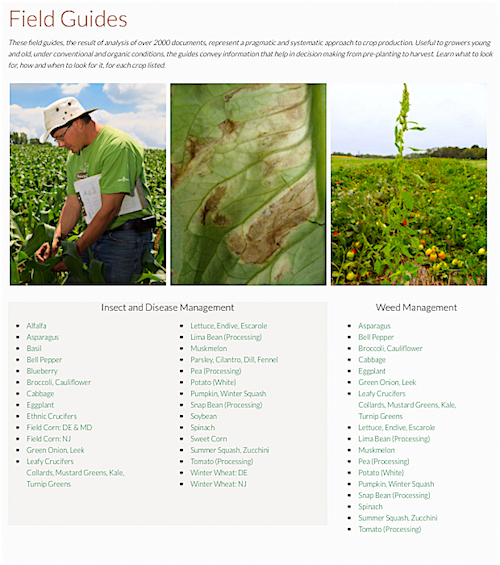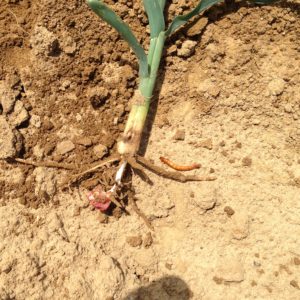Last night on “Ask the Ag Agent” we discussed The NJ Department of Health’s “Interim Coronavirus Disease 2019 (COVID-19) Guidance for Migrant and Seasonal Farmworkers, Their Employers, and Housing Providers” guidance document. We will continue to facilitate discussion on “Ask the Ag Agent” forum for this topic and others next week. Please feel free to bring up any ag-related topics for discussion on this forum.
“Ask the Ag Agent” weekly 1-hour sessions for farmers will be hosted weekly and continue each Wednesday until May 27th. The online conferencing/call in events will begin at 7:00PM with an open forum to discuss ag-related questions about production, marketing, regulations and any other topics farmers wish to discuss. All are welcome. Events are hosted by William Bamka, Stephen Komar, Meredith Melendez and Michelle Infante-Casella – Agricultural Agents.
To access via WebEx on a computer go to https://go.rutgers.edu/rc9n3kxt
Or, Join by phone
+1-650-429-3300 USA Toll
Access code: 799 743 872
For additional Rutgers Cooperative Extension educational programs check out https://events.rutgers.edu/njaes/
 Articles in this section contain information helpful to the NJ commercial organic grower.
Articles in this section contain information helpful to the NJ commercial organic grower.

 base of the plant and enough to seal the hole around the plant. This works best for transplants with tall stems – tomatoes, peppers, eggplants and cole crops.
base of the plant and enough to seal the hole around the plant. This works best for transplants with tall stems – tomatoes, peppers, eggplants and cole crops. and tied.
and tied.
